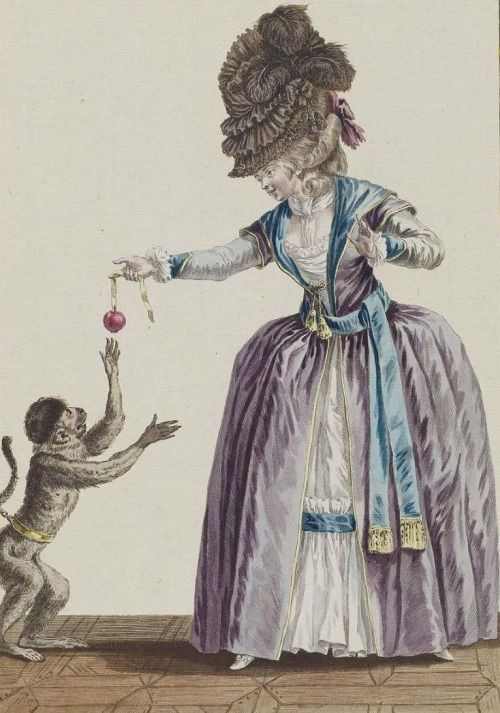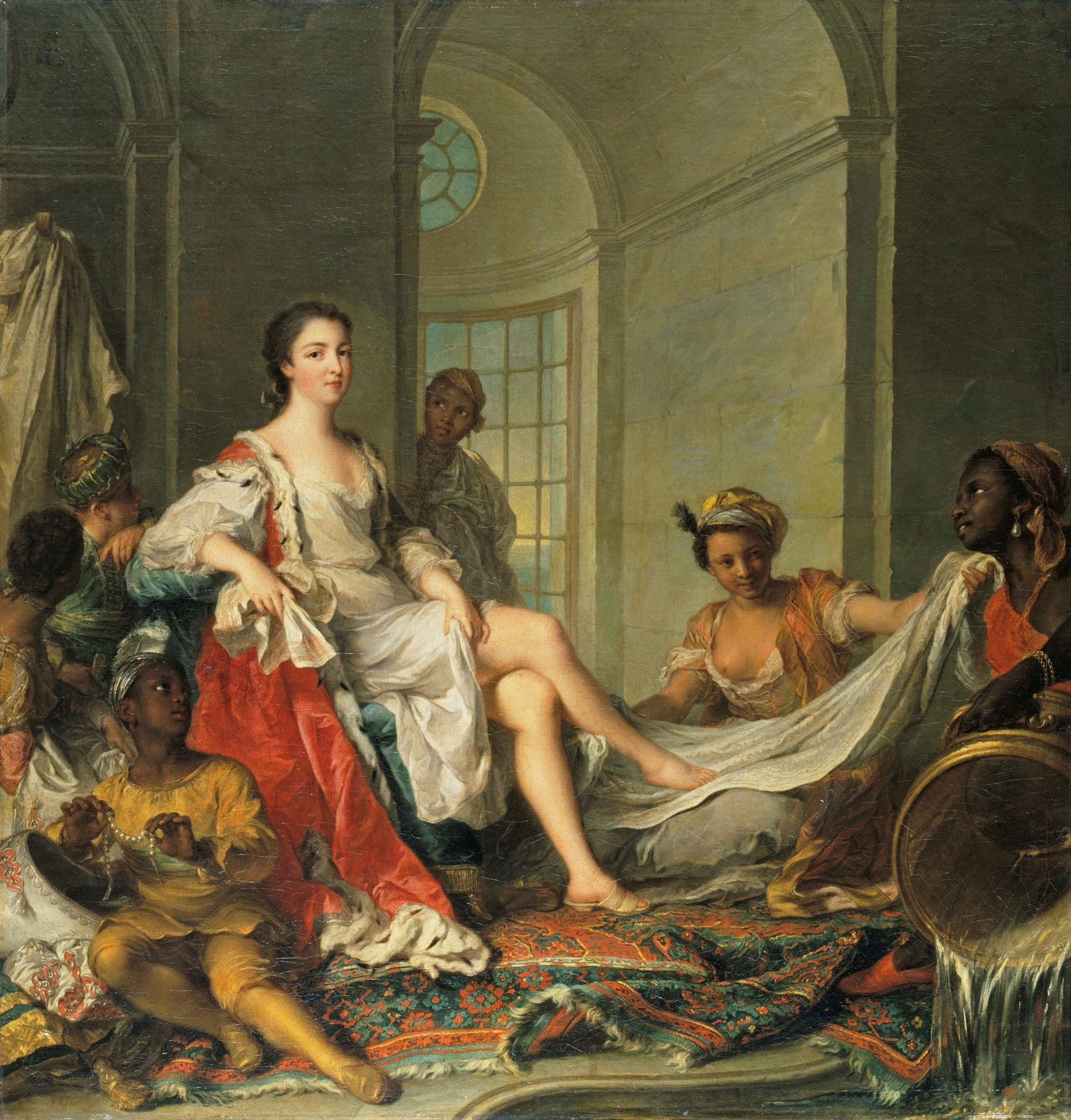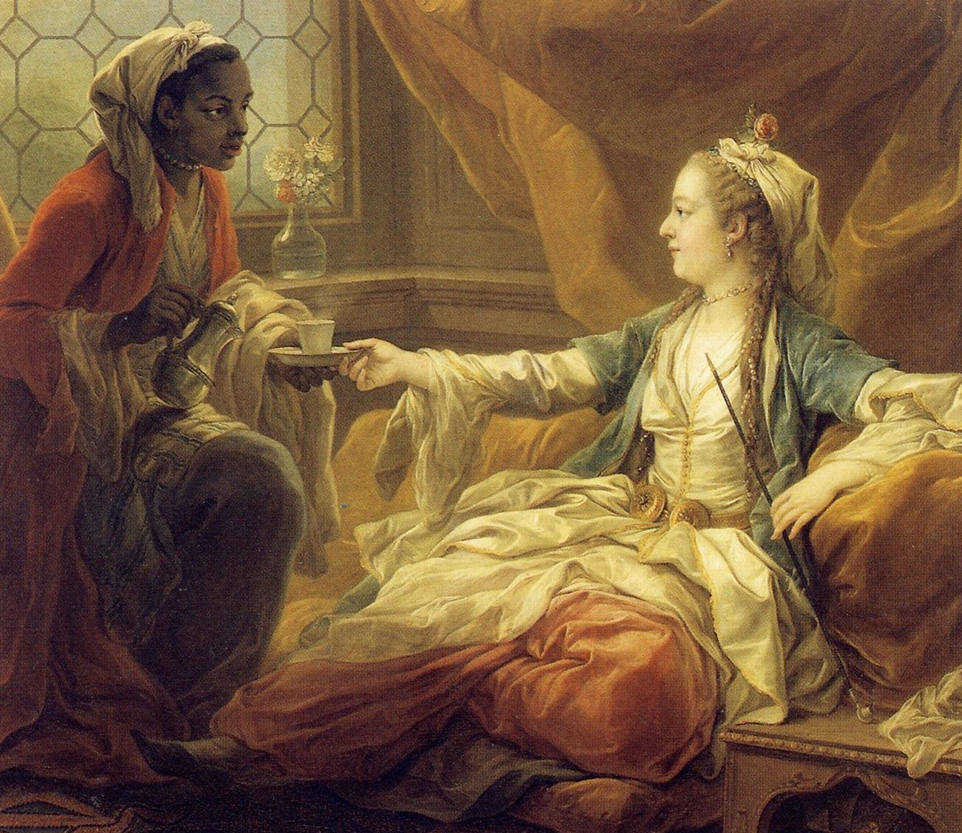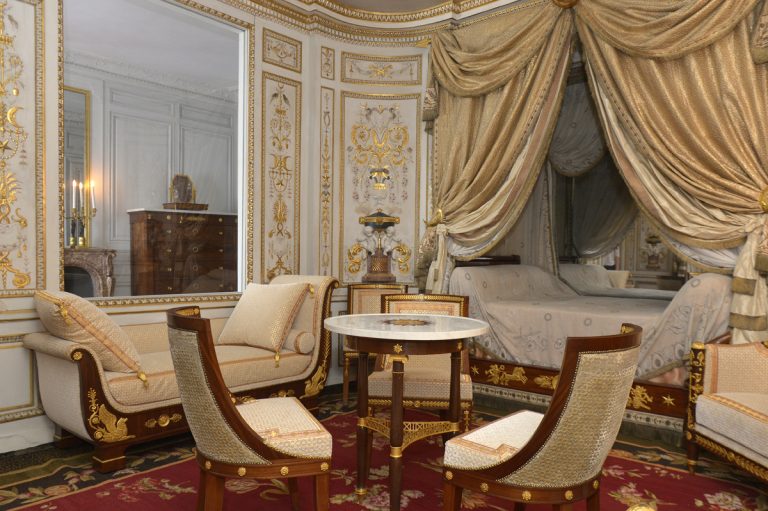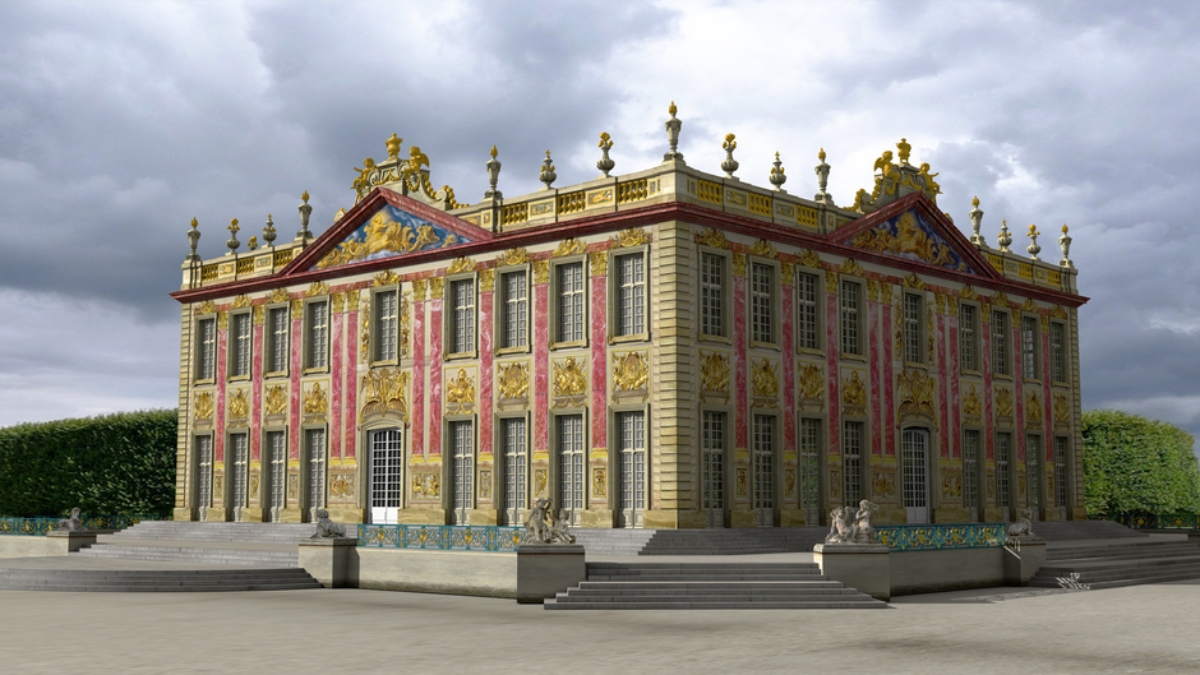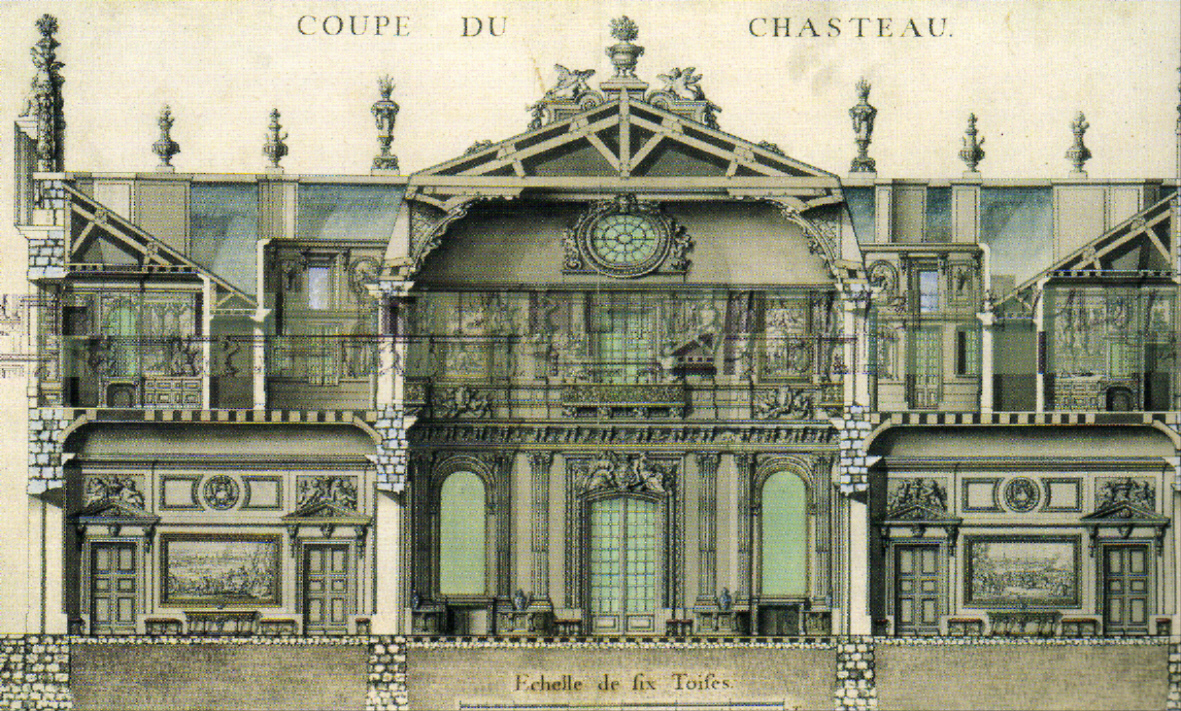The house of Guise had made itself infamous throughout the 16th century; the house had divided itself into several branches, the eldest of which was headed by the Duc de Guise. However, in 1688, the Ducs de Guise died out with the death of Marie de Lorraine, Duchesse de Guise.
The reigning ducal couple of Guise was Charles de Lorraine and his wife Henriette Catherine de Joyeuse. The couple had had ten children of which seven were boys - few had probably expected the family to find itself extinct within a generation. Yet, two of their sons died in infancy, one entered the church while the other four died unexpectedly young at the respective ages of 27, 19, 33 and 24. Ironically, the eldest was the son who entered the church and thus fathered no children. As for the daughters, one died in infancy, another entered a nunnery - and then there was Marie.
 |
| Marie de Lorraine, Duchesse de Guise |
Marie de Lorraine was unmarried and thus childless. She had won the guardianship over her nephew, Louis, who was the only surviving male heir to the house of Guise. However, the young boy died in 1675 which left Marie as the sole survivor of the Guise-family.
As the last Guise, Marie enjoyed the benefits of an enormous fortune including several duchies and their numerous incomes. By the late 1680's, Marie was in her early seventies and knew that she had to make a decision as to who would inherit her. When Marie de Lorraine died on 3 March 1688, her last will and testament revealed that she had deliberately attempted to exclude her niece, the Grande Mademoiselle, from inheriting - and so, the legal drama began.
Besides the Grande Mademoiselle, there were two other major players claiming their share of the inheritance. One was Leopold, Duc de Lorraine and another was Anne Henriette, Princesse de Condé.
The Will
Marie herself had favoured leaving all to Charles Leopold, father of Leopold, and the then-reigning. Duc de Lorraine. However, Charles Leopold died in 1690 before the case was settled at court which meant that Leopold was left to fight for his inheritance. The case might have ended there if there had not been a minor thing to consider: the will of the king. Louis XIV was far from pleased at having such a large fortune - and a duchy on his border - going to a man who served the Holy Roman Emperor as a general. Thus, the Sun King protested the will and sent it to the Parlament de Paris.
As for her hôtel in Paris - lavishly updated by Marie - she left it to a rather surprising recipient: Charles François de Stainville, Comte de Couvonges. By her own will, Marie had chosen the Hôtel-Dieu in Paris (a charitable hospital) as the executor of her testament - she also left them a hefty sum of 53.000 livres.
One might wonder exactly why this particular will and testament was so vital. For one, the house of Guise had a very large fortune as well as considerable land possessions. However, that was not all at stake. For one, the owner of the duchy of Guise was entitled to having their lawsuits decided by either the king's own council or by their own peers at the Parlament. Furthermore, there was the question of the rank of prince étrangère which in itself gave the incumbent certain privileges such as keeping one's hat on when with ambassadors, sitting with the queen and direct access to the king. Consequently, the will was a matter of vital importance to courtiers who could only hope for advancement from the king himself.
The Claims
Anne Henriette of Bavaria was amongst those who happily agreed with the king's decision. She had married the Prince de Condé. She based her claim on her great-grandfather Charles of Lorraine (another one!), Duc de Mayenne. He had married Henriette of Savoy with whom he had had Catherine de Lorraine who in turn went on to marry Charles Gonzaga, Duke of Mantua. Their youngest daughter was Anne-Marie who was married off to the Count of Simmern with whom she had Anne Henriette, Princesse de Condé. Another daughter was Bénédicte of the Palatinate who joined her claim to that of her sister.
Thus, Anne's claim rested already on the link through her mother and grandmother. However, there was another potential connection. Anne-Marie had fallen in love with Henri II de Guise, Duc de Guise, and even claimed to have married him - however, Henri denied it and she was packed off to her German husband.
Leopold de Lorraine's claim went back the furthest and was based entirely on the fact that he was the next male in line. His great-great-great-great-great grandfather was René II de Lorraine who fathered two separate lines: Antoine (Duc de Lorraine) and Claude (Duc de Guise). He was therefore a distant cousin to Marie de Lorraine.
 |
| Leopold de Lorraine |
The Grande Mademoiselle asserted her claim through her grandmother, Henriette Catherine de Joyeuse, whose first marriage had been to the Duc de Montpensier. It was their union that produced Marie de Bourbon who would marry Gaston d'Orléans and give birth to the Grande Mademoiselle. Consequently, the Grande Mademoiselle's claim was entirely through the female line.
While these three were the most illustrious claimants, they were by no means the only ones. Amongst those who turned up at the Hôtel-Dieu to press their claims were Béatrix de Lorraine, the Prince d'Harcourt, Élisabeth de Lorraine, the Prince de Lillebonne and the Prince de Commercy.
In summary, two distinct families within the house of Bourbon contested the will: the Bourbon-Condé (through Anne Henriette and Bénédicte) and the Bourbon-Montpensier (through the Grande Mademoiselle).
Yet, there was one person who was conspicuous by their absence: the Duc d'Elbeuf. He was technically the next male in line, so it would seem odd that he did not press his own claim. Liesbeth Geevers and Mirella Marini has pointed to the fact that the dukedom of Guise would bestow a peerage on the recipient but the Duc d'Elbeuf was already a peer in his own right. It therefore made no sense to go through an expensive and likely drawn-out legal battle to obtain what he already possessed.
 |
| La Grande Mademoiselle |
The Decision
The Arguments
 |
| Anne Henriette - the overall winner of the case |



